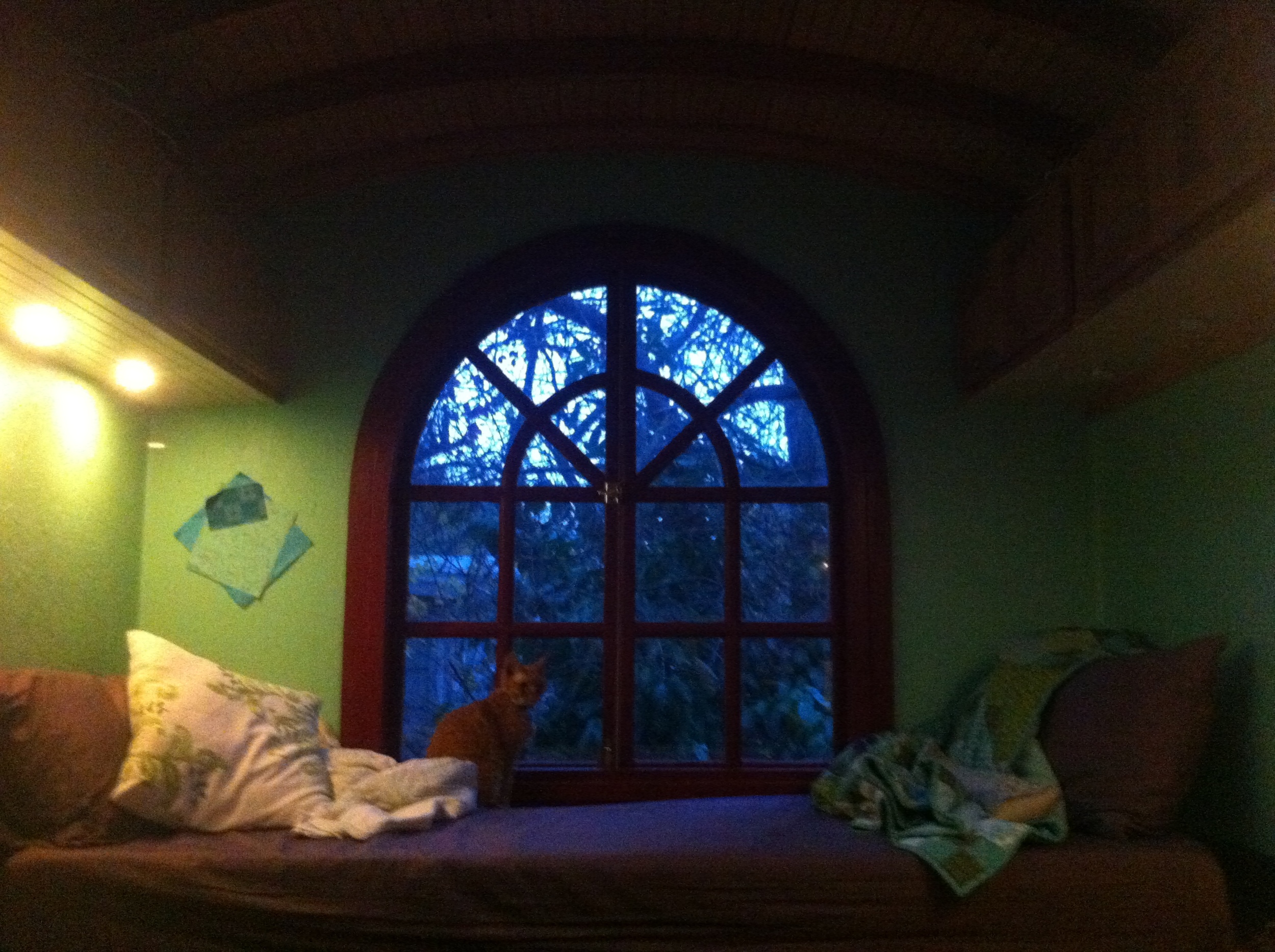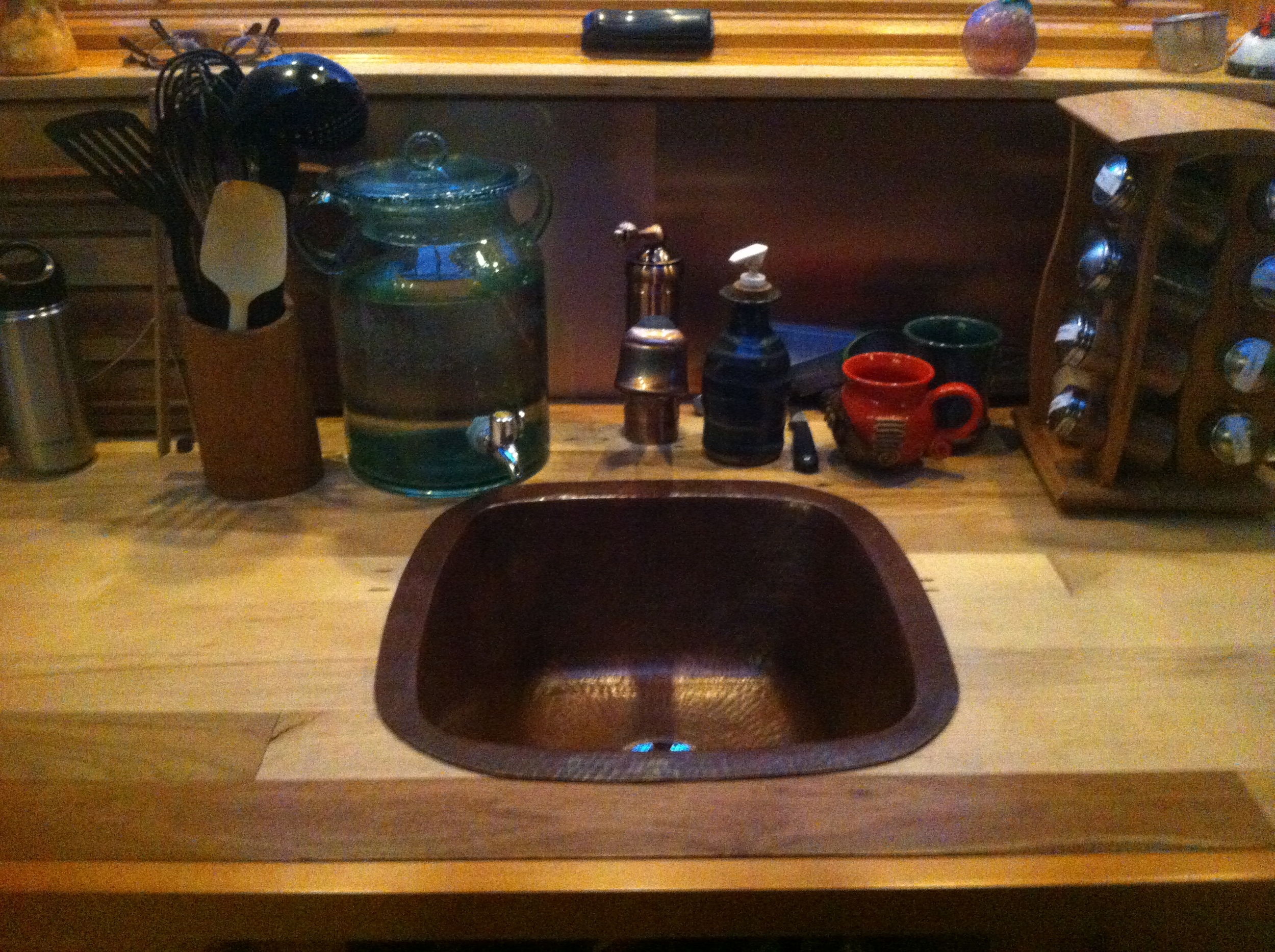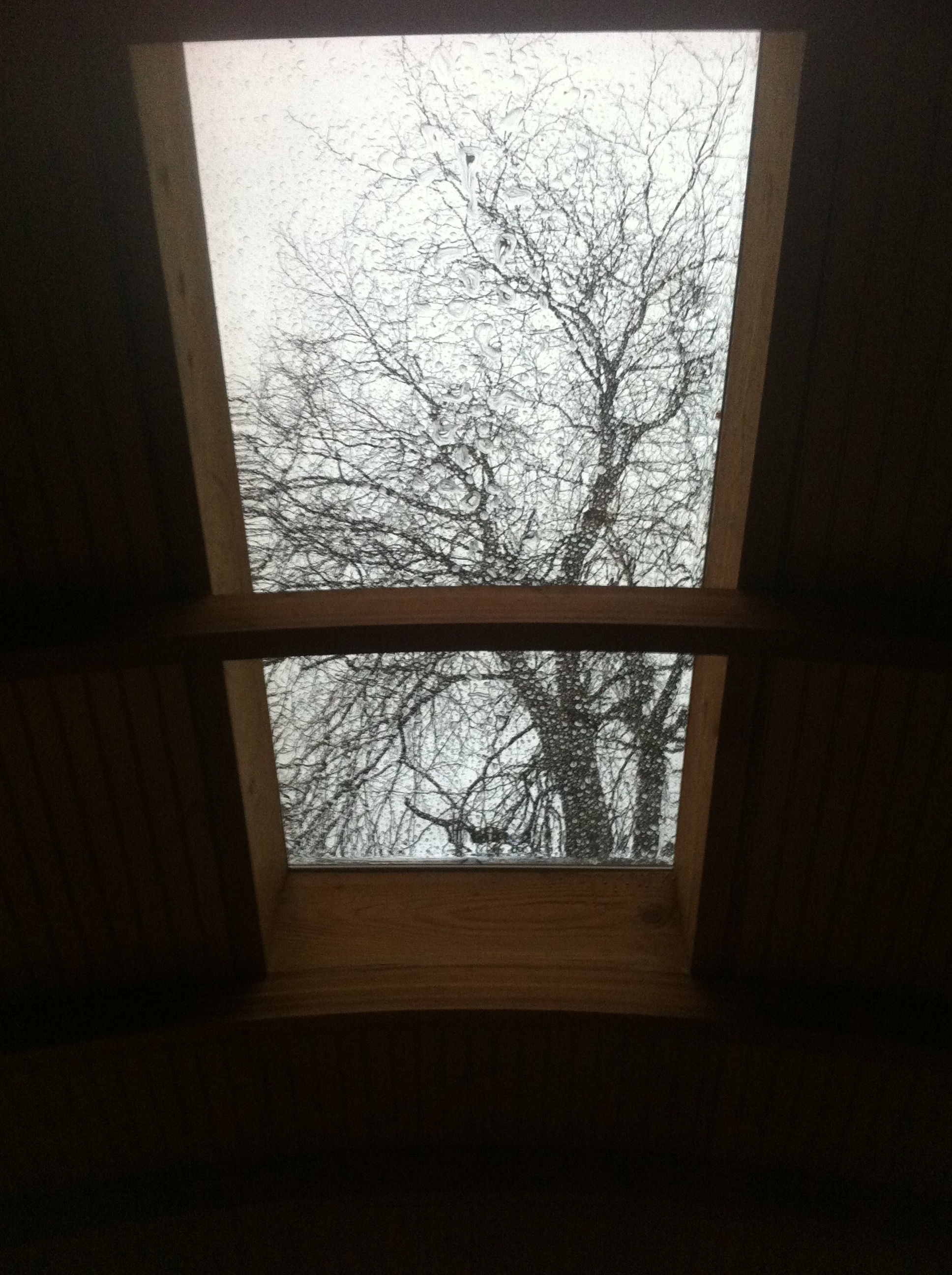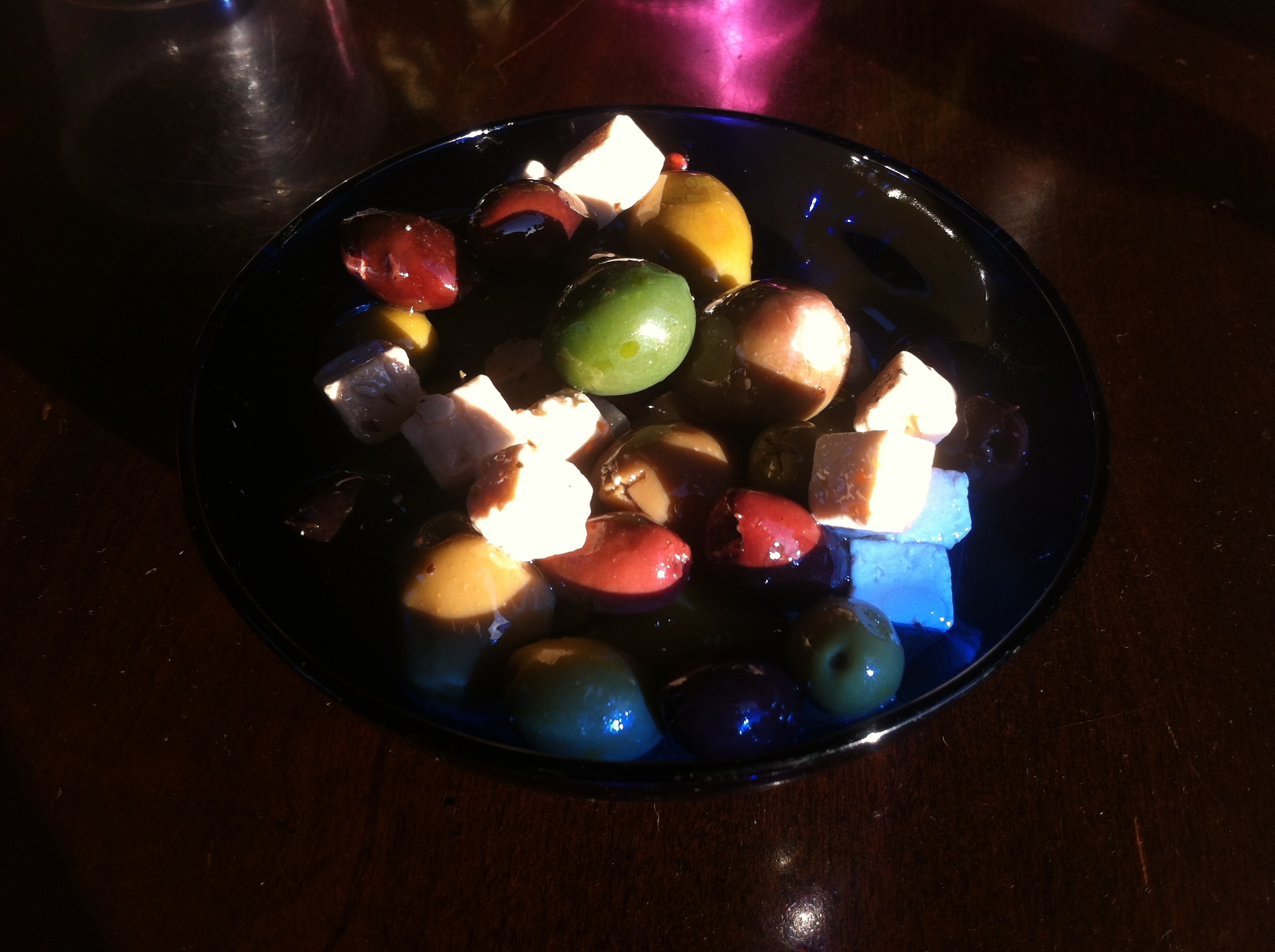 For months I have been discussing the merits of various tiny house layouts with my friend Jane who is designing and building a tiny house this spring. So it's no surprise that when we sat down with paper and markers earlier this week the draft floorplan for her tiny house developed rather quickly. It was fun for me to ask prompting questions and witness the emergence of a plan.
For months I have been discussing the merits of various tiny house layouts with my friend Jane who is designing and building a tiny house this spring. So it's no surprise that when we sat down with paper and markers earlier this week the draft floorplan for her tiny house developed rather quickly. It was fun for me to ask prompting questions and witness the emergence of a plan.
We began by identifying what functions the tiny house would serve and which would fall to the host house. Jane decided that she wanted her tiny house to enable someone to sleep, eat, cook, and lounge. She considered whether bathing was a necessary element of the tiny house and decided she wants the tiny house to be as self-contained as possible, so she will include an RV-sized shower. But laundry facilities would be overkill in a tiny house and she wanted to avoid the bugaboo of the tiny house world (dealing with a blackwater system), so the host house will accommodate the needs for laundry and a toilet.
I asked Jane to identify what she likes about Brittany's house and other tiny houses she's seen, as well as what she would do differently. She said that she loves the sleeping loft and the window seat, so she'll include both in her tiny house. She would like a little more headroom in the loft and since we can't go any taller than 13'6" we'll go wider by adding a couple of dormer windows. She thinks (and I agree) that a window seat that runs the full width of the house would be a more comfortable place to lounge, so we'll claim the space that accommodates a tiny front porch in Britt's Bungalow and stretch the windowseat longer and wider.

In Britt's Bungalow the kitchen and bathroom are side-by-side underneath the sleeping loft. It works pretty well to have the shower and closet underneath the sleeping loft because it provides a ceiling for these two spaces. Having the kitchen under the sleeping loft works well, too, because the ceiling provides another surface from which one can hang a wine bottle rack, a wine glass holder, a fruit basket, and a roll of paper towels. However, Jane will put the shower and closet at the back and a galley kitchen towards the front of the sleeping loft. This layout will open up the space under the loft to the rest of the house.
As we considered the floor plan, we also talked about the vertical space. I asked Jane where she imagined the windows: where she would like the light to be coming from and which views she wants to capture. She wants to create privacy from the next door neighbors, so she's limiting windows on the east side to two small ones. Having more windows on the west side of the house will also provide a passive heating assist. She likes having the window seat facing the garden so she wants big picture windows there. She also likes the idea of a sliding glass door which will let more light into the house. She'd like to have a porch off of the sliding door to provide outdoor space and connection with the host house.
Drafting up plans is a project for this week, but I can already envision the space in my mind. I've been playing with window layouts on exterior elevations and basic massing in Sketch Up today. It was fun to show these rudimentary visuals to Jane and see her excitement.
Having a sense of the layout enabled us to create a list of used materials to hunt for: five operable windows, four fixed windows, a sliding door, and an RV shower. Time to start scouting Craigslist!















 I have a few days between visiting family and my internship starting up again so I've been hanging out with friends and finding ways to simplify my life as I head into a new year. Mostly it's involved my new Kindle and a few well-placed metal hooks.
I have a few days between visiting family and my internship starting up again so I've been hanging out with friends and finding ways to simplify my life as I head into a new year. Mostly it's involved my new Kindle and a few well-placed metal hooks.
